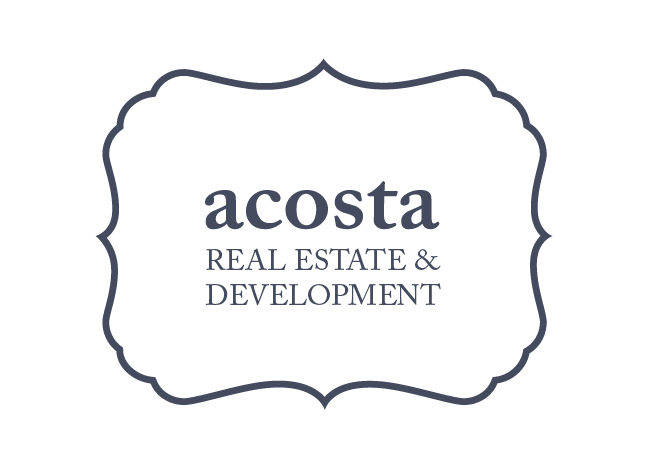Our occupations affect the way we see the world. With the eye of a real estate developer, selecting your next project can be like finding a needle in a haystack -- or is sometimes right in front of you.
Whether I’m driving my kids to the pool or traveling to a distant city, I’m always visioning -- that’s the technical term for seeing a property’s potential development. Many folks love to play this imaginary, wouldn’t-it-be-cool-if-they-did-this-or-that game and brainstorm ideas for their downtowns or neighborhoods.
But I’m a developer, so visioning is a big part of my job. And if I find myself repeatedly musing about a property, I usually start digging around and running the numbers on its potential viability.
Realistically, very few of those probes ever pass my litmus test. In fact, my file cabinet right now holds about 30 development scenarios for buildings or properties throughout the Great Lakes Bay Region that will never see the light of day. These forays usually involve peeking at property records, zoning ordinances, the envisioned product, and potential profit long before the owners are ever approached. It's the thrill of the chase and an important practice.
But what moves the needle so these prospects make the leap to actual development?
1. Does this project match my values? Does it have the character and long-term (or short-term) potential for my portfolio? Is the neighborhood ready now, or will it take years to peak? Perhaps, the project has catalytic potential.
2. Does its timing cycle meet your needs? Real estate development projects can take years. Redeveloping large brownfield sites (tracts of land developed for industrial purposes and then abandoned) can take five to 10 years before building can even commence. On the other hand, infill projects (developing vacant or under-used parcels within existing urban areas) might be wrapped up in a year. So if you have other projects in motion, you need something that fits in harmony with the others.
Right now I’m finalizing the architecture and funding for The Legacy in downtown Bay City. That project will move into construction this summer. The Wenonah Park Pavilion project is part of a public-private partnership through The State Theatre and the Bay City Downtown Development Authority (DDA) and is in the midst of a committee-run design process. I'm also beginning another consulting project that should mesh well with these two projects as they move toward their next stages.
For me, the ideal cycle is having one project in pre-development or design, one in construction, and one at lease-up/close-out. Setbacks happen, of course. So it’s important to remember that whatever you bite off, you’ll have to chew.
3. How much time do I have for maintenance? Adaptive reuse projects such as The Legacy are high maintenance. The more gap financing that’s required to bring a project to life, the higher maintenance it is. Along with everything else, I'm also consulting on two other projects. For another development to enter into my current workload matrix, it would have to be relatively low maintenance -- something that can move along without my constant attention and weather a few setbacks if they crop up.
Some dream projects just aren't in the cards at the moment. And that’s OK with me.
I believe it's perfectly fine to take on less in order to successfully execute what's in front of you. Because it's the execution of each project that makes or breaks your reputation. And it's my job to make sure my community and I will still be proud of the work for years to come.
-jen

